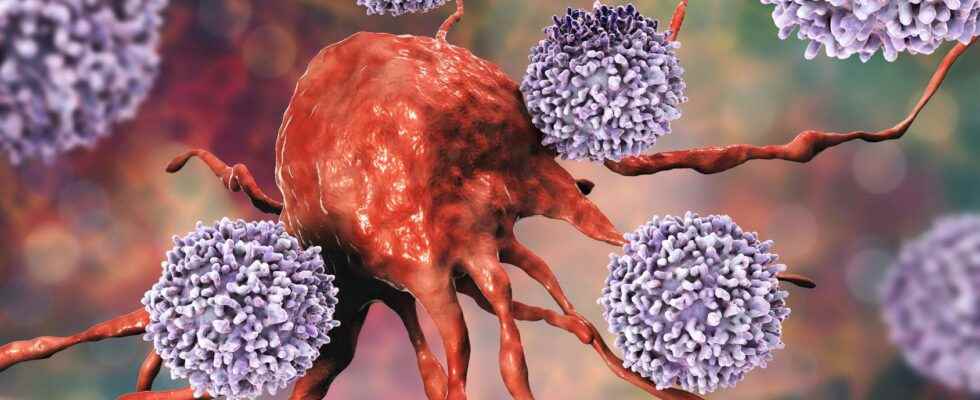Scientists are experimenting with a new therapeutic approach to fight metastases by keeping them “asleep.” ” How does this work ?
You will also be interested
[EN VIDÉO] Cancer: better understanding tumors to better fight them Futura-Sciences visited the Marseille Cancer Research Center to understand the first steps necessary in the fight against cancer. From molecular disruption of cells to diagnosis of tumor severity.
Many cancer patients see their health deteriorate several years after their treatment. Their initial cancer went disseminated in other organs, in the form of metastases. They can be difficult to treat because they are often resistant to the treatment that eradicated the first cancer.
A new therapeutic approach prevents the formation of metastases by lulling cancer cells to sleep using an NR2F1 nuclear receptor. Scientists have identified a molecule which interacts with this receptor and limits the proliferation of metastases in mice.
Put the cancer to sleep
NR2F1 is a receiver that attaches to DNA and increases or decreases the expression of Genoa important for the proliferation of metastases. The amount of NR2F1 is important in dormant metastases, thus keeping them in a state latent. When the amount of NR2F1 decreases, the cancer cells resume their proliferation and form metastases. The molecule identified, called C26, activates NR2F1 and maintains its ability to “put to sleep” cancer cells.
Treatment with C26 reduced the size of the primary tumor in mice infected with cells from human head and neck cancers. After surgery, it completely limits growth of metastases. This approach also constitutes a hope for dealing with breast cancer ER + because they contain a lot of NR2F1 which, once activated, could limit the development of the tumor. ” Overall, our study reveals a rationally designed, mechanism-based strategy to exploit NR2F1-activated dormancy as a therapeutic option to prevent metastatic relapses. », Explains Julio Aguirre-Ghiso, director of this research.
Interested in what you just read?
.
fs6
